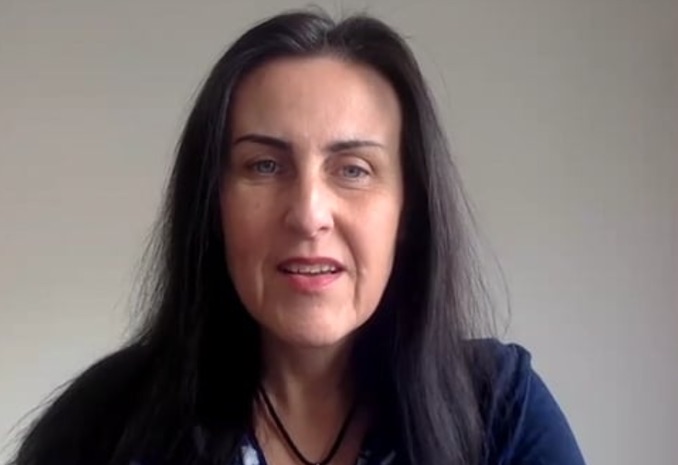
The American tradition of Groundhog Day sees the nation’s most well-known groundhog take a stance on the season ahead. If he sees his shadow, he predicts six more weeks of winter. If he doesn’t, it’s a forecast of an early spring.
Groundhog Day’s roots are in the Christian holiday Candlemas, the midway point between the winter solstice and spring equinox. During Candlemas, Christians honored the changing of the seasons and lit candles to predict how long winter would last.
Although it is distinct from Imbolc, the Christian festival of light Candlemas is also observed at this time of year (February 2). The name refers to the candles lit that day in churches, which celebrate the presentation of the Christ Child in the temple of Jerusalem.
If Candlemas be fair and bright,
Come, Winter, have another flight;
If Candlemas brings clouds and rain,
Go Winter, and come not again.
Groundhog Day has a rich history based on a deeper meaning; it speaks to the triumph of spring over winter—and birth over death. Again, note the appearance of light over dark with the appearance of candles and dawn—and, of course, the spiritual light of a holier presence.
Related reading:
Groundhog Day 2 – OFFICIAL TRAILER








